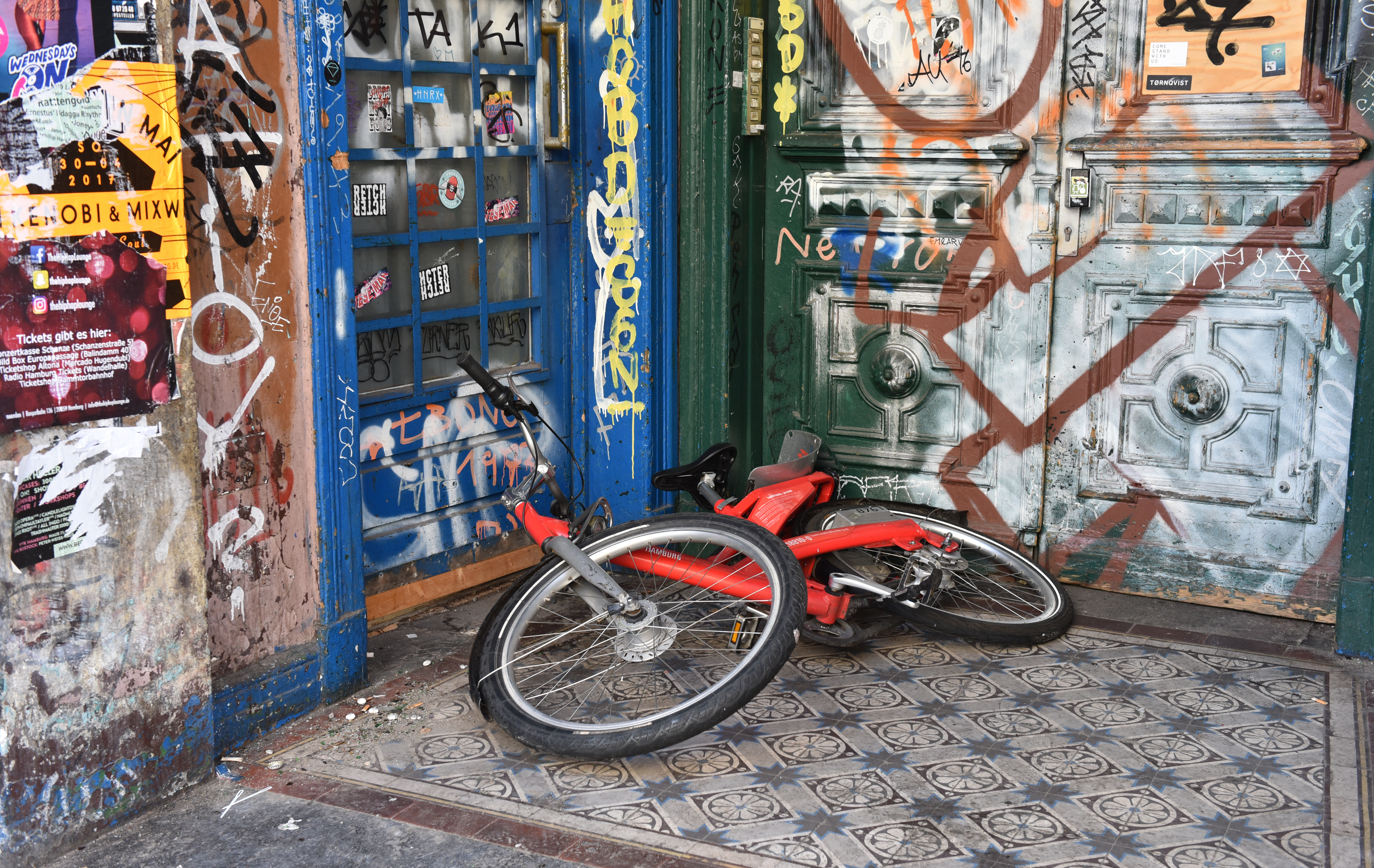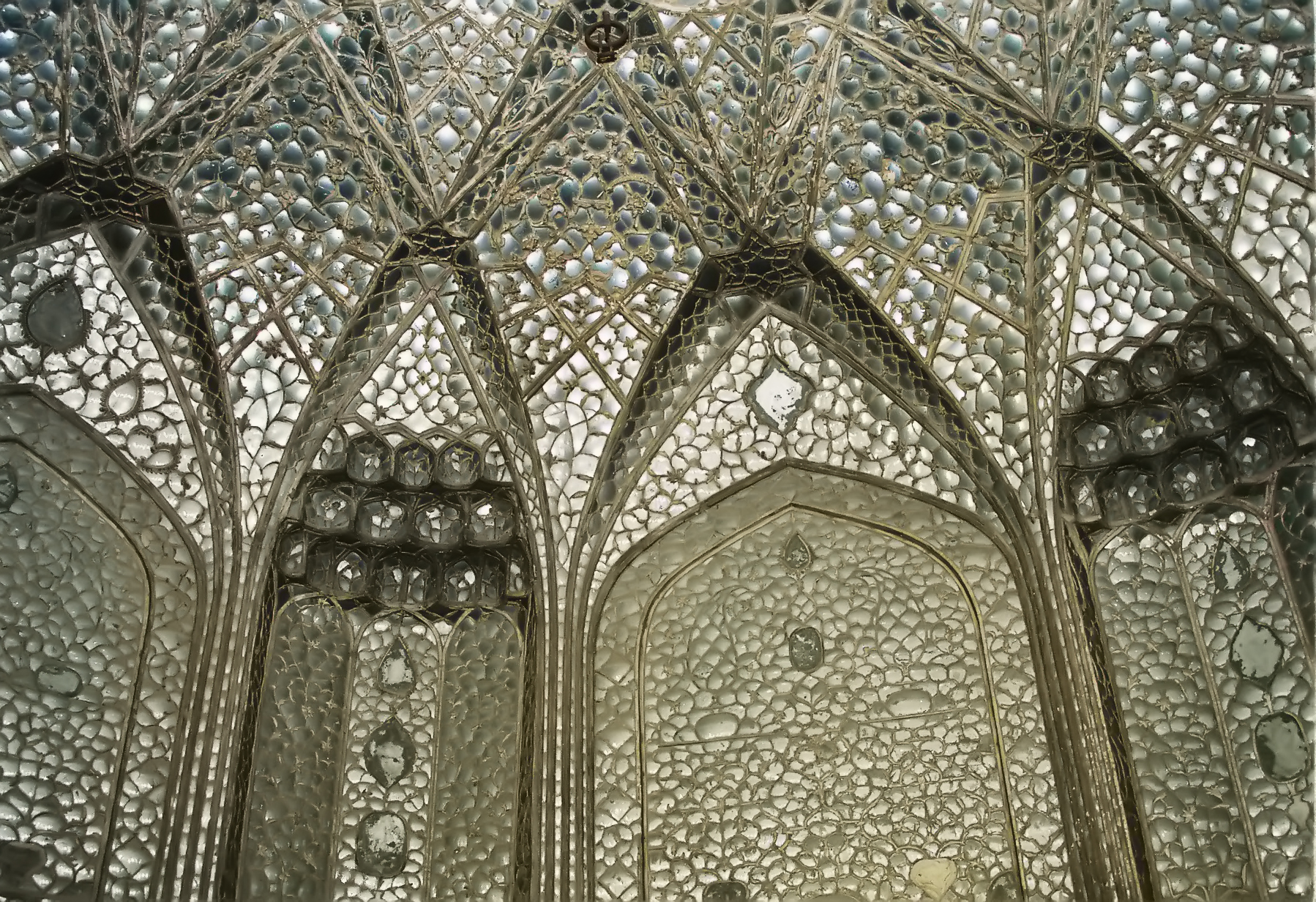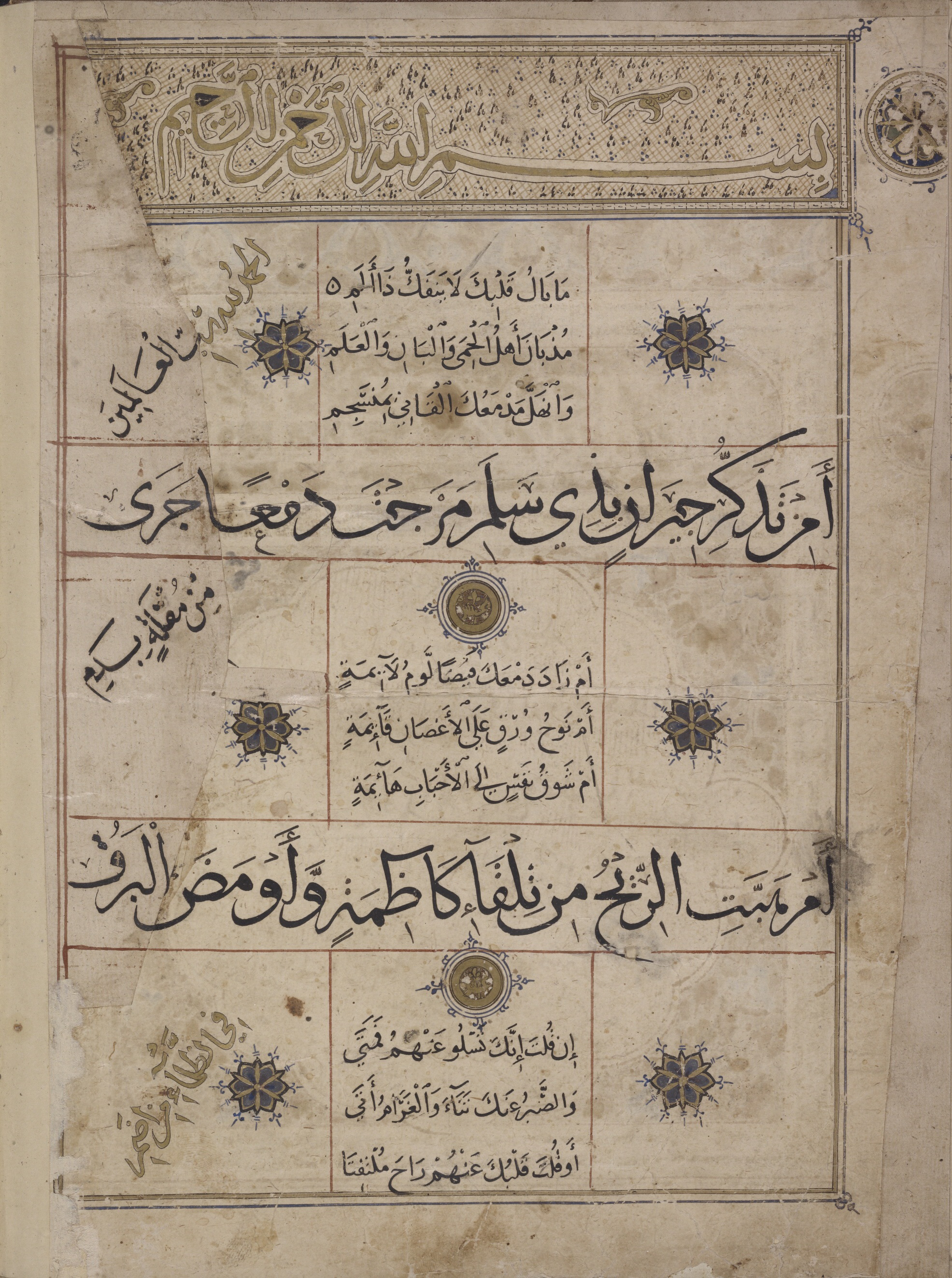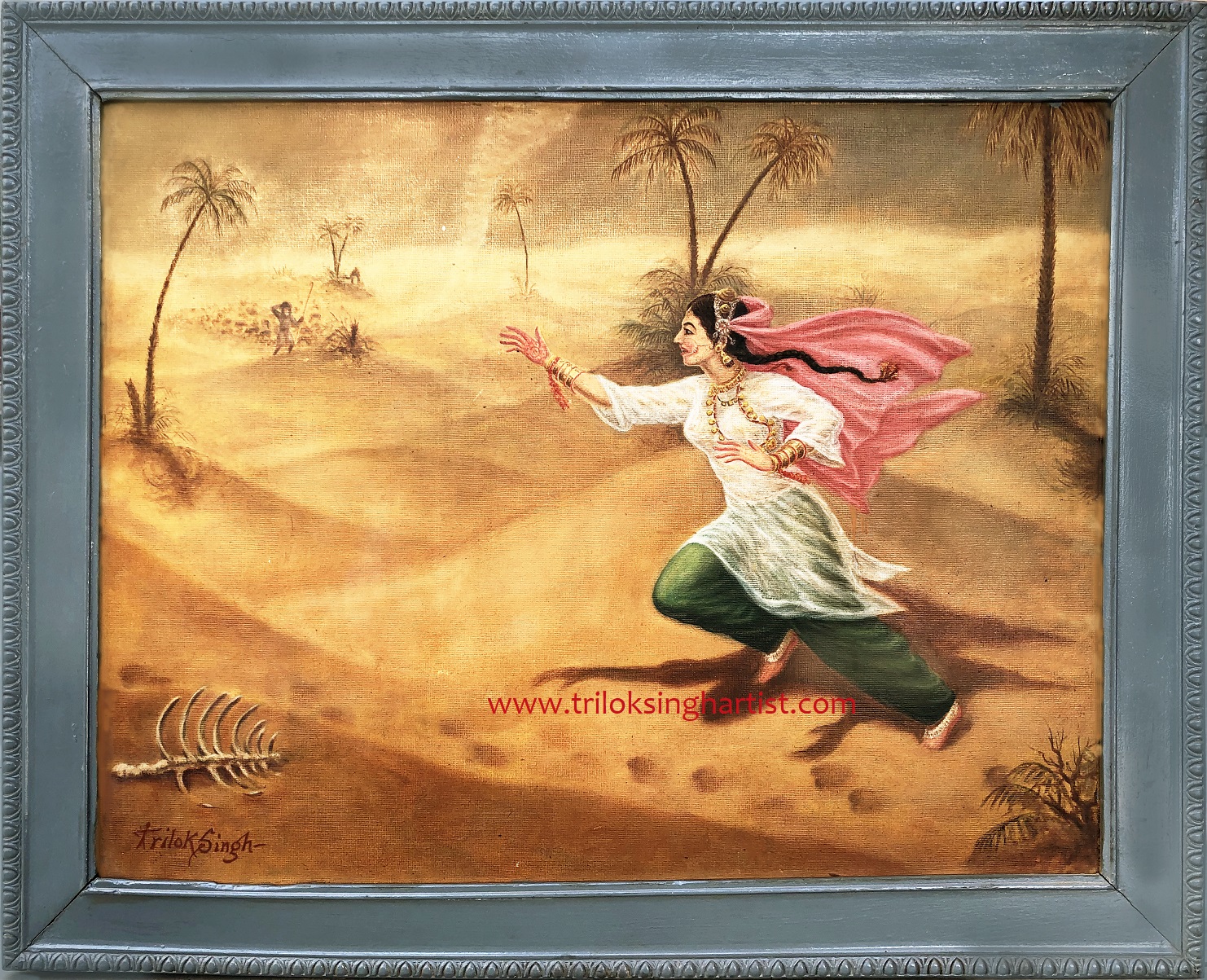|
Hazuri Bagh
Hazuri Bagh () is a garden in Lahore, Punjab, Pakistan, bounded by the Lahore Fort to the east, Badshahi Mosque to the west, the Samadhi of Ranjit Singh to the north, and the Roshnai Gate to the south. The garden was built during the reign of Maharaja Ranjit Singh, in the style of Mughal gardens. In the centre of the garden stands the Hazuri Bagh Baradari, built by the Maharaja in 1818 to celebrate his capture of the '' Koh-i-Noor'' diamond from Shuja Shah Durrani in 1813. The ''Serai Alamgiri'' caravanserai formerly stood where Hazuri Bagh is now located. History The Hazuri Bagh garden was planned and built under the supervision of Faqir Azizuddin in the traditional Mughal style layout. After its completion, it is said, Ranjit Singh, at the suggestion of Khushal Singh Jamadar, ordered that marble vandalized from various mausoleums of Lahore to construct a baradari (pavilion) here. This task was given to Khalifa Nooruddin. Elegant carved marble pillars support the bara ... [...More Info...] [...Related Items...] OR: [Wikipedia] [Google] [Baidu] |
Hazuri Bagh Baradari
The Hazuri Bagh Baradari () is a Baradari (building), baradari of white marble located in the Hazuri Bagh of Lahore, Pakistan. It was built by Ranjit Singh, Maharaja Ranjit Singh, the Jat sikh, Sikh ruler of Punjab to celebrate his capture of the ''Koh-i-Noor'' diamond from Shuja Shah Durrani in 1813. Its construction was completed in 1818. The pillars support delicate cusped arches. The central area, where Maharaja Ranjit Singh held court, has a mirrored ceiling. The pavilion consisted of two storeys until it was damaged by lightning in 1932. Images File:Hazuri Bagh basement 3 (WCLA).jpg, The baradari's basement contains subterranean chambers File:Hazuri Bagh basement 2 (WCLA).jpg, Basement of the structure File:Baradari_of_Hazuri_Bagh.jpg, The baradari is accessed through archways File:Hazuri Bagh Bardari HD.jpg File:HAZOORI_BAGH_2.jpg, The baradari is in the centre of the Hazuri Bagh quadrangle File:Hazuri Bagh and corner of Baradari.JPG Image:Bara Dari East & North facing ... [...More Info...] [...Related Items...] OR: [Wikipedia] [Google] [Baidu] |
Vandalized
Vandalism is the action involving deliberate destruction of or damage to public or private property. The term includes property damage, such as graffiti and #Defacement, defacement directed towards any property without permission of the owner. The term finds its roots in an Age of Enlightenment, Enlightenment view that the Germanic Vandals were a uniquely destructive people, as they sacked Rome in 455 AD. Etymology The Vandals, an ancient Germanic people, are associated with senseless destruction as a result of their Sack of Rome (455), sack of Rome under King Genseric in 455. During the Age of Enlightenment, Enlightenment, Rome was idealized, while the Goths and Vandals were blamed for its destruction. The Vandals may not have been any more destructive than other invaders of ancient times, but they did inspire English poet John Dryden to write, ''Till Goths, and Vandals, a rude Northern race, Did all the matchless Monuments deface'' (1694). However, the Vandals did inten ... [...More Info...] [...Related Items...] OR: [Wikipedia] [Google] [Baidu] |
Sheesh Mahal (Lahore)
The Sheesh Mahal (; '' "The Palace of Mirrors"'') is a palace located within the Shah Burj block at the north-western corner of Lahore Fort. It was constructed under the reign of Mughal Emperor Shah Jahan in 1631–32, with later additions made under Sikh Empire, Sikh Maharaja Ranjit Singh. The ornate white marble pavilion is inlaid with pietra dura and intricate mirror work of the finest quality. The hall was reserved for personal use of the imperial family and their close :wiktionary:aide, aides. It is among the 21 monuments that were built by successive Mughal emperors inside Lahore Fort, and forms the "jewel in the Fort’s crown."Khan, Shehar Bano (2004Wither heritage?''Dawn (newspaper), Dawn''. 11 July. Retrieved 22 April 2008 As part of the larger Lahore Fort Complex, it has been inscribed as a UNESCO World Heritage Site since 1981. Etymology ''Sheesh Mahal'', in Urdu language, literally means 'Crystal Palace'. However, with its pietra dura decorations and intricate mir ... [...More Info...] [...Related Items...] OR: [Wikipedia] [Google] [Baidu] |
Naulakha Pavilion
The Naulakha Pavilion () is a white marble personal chamber with a curvilinear roof, located beside the Sheesh Mahal courtyard, in the northern section of the Lahore Fort in Lahore, Pakistan. The monument is one of the 21 monuments situated within the Lahore Fort, with its western façade providing a panoramic view of the ancient city of Lahore. The structure was originally inlaid with precious and semi-precious stones and overlooked the Ravi River. In 1981, as part of the larger Lahore Fort Complex, Naulakha was a UNESCO World Heritage Site. The pavilion is now one of Lahore's most recognizable sights, and has influenced architectural design of notable buildings, including the Pakistani embassy in Washington, D.C. Etymology When the pavilion was built in 1633 by the Mughal emperor Shah Jahan as a small summer house, it cost around 900,000 rupees, an exorbitant amount at the time. It is called ''Naulakha'' because in Urdu language, the word means 'worth 9 lakhs rupees'. ... [...More Info...] [...Related Items...] OR: [Wikipedia] [Google] [Baidu] |
List Of Gardens
The list of gardens is a link page for any park or garden open to the public, anywhere in the world. Argentina * Buenos Aires Botanical Garden Australia Australian Capital Territory *Australian National Botanic Gardens New South Wales * Auburn Botanical Gardens * Royal Botanic Gardens * Wollongong Botanic Garden Queensland * Anderson Park, Townsville *Brisbane Botanic Gardens, Mount Coot-tha * City Botanic Gardens * The Palmetum, Townsville * Queens Gardens, Townsville * Roma Street Parkland Victoria * Melbourne parks and gardens * Geelong Botanic Gardens Austria * Schönbrunn Palace Gardens * Belvedere Gardens Brazil * Flamengo Park * Rio de Janeiro Botanical Garden * Inhotim * Botanical Garden of São Paulo * Sítio Roberto Burle Marx * Botanical Garden of Curitiba * Porto Alegre Botanical Garden * Jardim Botânico de Belo Horizonte * Jardim Botânico de Brasília Canada * Butchart Gardens, Greater Victoria, British Columbia * Royal Botanical Gardens, Hamilton, On ... [...More Info...] [...Related Items...] OR: [Wikipedia] [Google] [Baidu] |
List Of Parks And Gardens In Pakistan
This is a list of notable parks and gardens in Pakistan. By type Amusement parks * Aladdin World, Karachi * Aquafun Resort, Bahtar near Taxila * Dino Valley Theme Park, Islamabad * Go Aish, Karachi * Japanese Park, Islamabad * Jinnah Park, Rawalpindi * Joyland, Lahore * Jungle World, Rawalpindi * Lake View Park, Islamabad *National Bank Park, Lahore *Oasis Golf and Aqua Resort, Lahore * Shakarparian, Islamabad * Sindbad Amusement Parks * Sozo Water Park, Lahore *Botanical Garden Jallo lahore *Jilani park Lahore *Greater Iqbal Park Lahore *Gulshen E Iqbal Park Lahore *Jallo forest and safari park Lahore *SS World Family Park Bahawalpur Botanical gardens * Rose and Jasmine Garden, Islamabad National parks * Margalla Hills National Park * Lal Suhanra National Park Zoological gardens * Islamabad Zoo Mughal gardens * Shalimar Gardens *Sheikhuora Gardens *Wah Gardens By region Abbottabad * Ayubia National Park *Company Baagh *Lady Garden - otherwise known as "Cantonm ... [...More Info...] [...Related Items...] OR: [Wikipedia] [Google] [Baidu] |
List Of Parks And Gardens In Lahore
__NOTOC__ This is a list of popular parks and gardens in Lahore, often called the ''city of gardens''. Parks and gardens *Shahdara Bagh *Shalimar Gardens (Lahore), Shalimar Gardens *Hazuri Bagh *Bagh-e-Jinnah, Lahore, Lawrence Garden *Islamia Park *Nasir Bagh *Model Town Park *Sukh Chayn Gardens *Jilani Park *Jam-e-Shirin Park *National Bank Park *Oasis Golf and Aqua Resort *Punjab society park *Riwaz Garden *Zaman Park *Sajawal Park Township Lahore Amusement parks Adventure Park, opp Main Gate Bahria Town *Gulshan Iqbal Park *Jallo Park *Jilani Park *Joyland, Lahore, Joyland *Sozo Water Park * National Bank Park *Oasis Golf and Aqua Resort *Skyland Water Park *Battlefield Lahore Airport Road *Baoli Amusement Park Botanical gardens *Danishmandan Botanic Garden *Government College University Botanic Garden *Lahore Botanical Gardens *Forman Christian College University Botanical Garden Zoological gardens *Changa Manga, Changa Manga Wildlife Park *Jallo Wildlife Park *Lahore Zoo ... [...More Info...] [...Related Items...] OR: [Wikipedia] [Google] [Baidu] |
Sufi Poetry
Sufi literature consists of works in various languages that express and advocate the ideas of Sufism. Sufism had an important influence on medieval literature, especially poetry, that was written in Arabic, New Persian, Persian, Punjabi language, Punjabi, Turkic languages, Turkic, Sindhi language, Sindhi and Urdu. Sufi doctrines and organizations provided more freedom to literature than did the court poetry of the period. The Sufis borrowed elements of folklore in their literature. The works of Nizami Ganjavi, Nizami, Ali-Shir Nava'i, Nava'i, Hafez, Aḥmad Samʿānī, Sam'ani and Jami were more or less related to Sufism. The verse of such Sufi poets as Sanai (died c. 1140), Attar of Nishapur, Attar (born c. 1119), and Rumi (died 1273) protested against oppression with an emphasis on divine justice and criticized evil rulers, religious fanaticism and the greed and hypocrisy of the orthodox Muslim clergy. The poetic forms used by these writers were similar to the folk song, parabl ... [...More Info...] [...Related Items...] OR: [Wikipedia] [Google] [Baidu] |
Punjabi Poetry
Punjabi literature, specifically literary works written in the Punjabi language, is characteristic of the historical Punjab of present-day Pakistan and India and the Punjabi diaspora. The Punjabi language is written in several scripts, of which the Shahmukhi and Gurmukhī scripts are the most commonly used in Western Punjab and Eastern Punjab, respectively. History Early history The earliest writings in Punjabi belong to the Nath Yogi era from the 9th to the 14th centuries. They referred to God with various names such as "Alakh Nirajan" which are still prevalent in Punjabi vernacular. According to Master Tara Singh, the Punjabi poetry authored by Baba Farid, Guru Nanak, and Bhai Gurdas was already at a high-level where subtle ideas could be expressed through a medium of a literary language, therefore Punjabi must have evolved centuries before then, perhaps in the 9th or 10th centuries. An example of surviving work of an early-stage showcasing Old Punjabi emerging from Ap ... [...More Info...] [...Related Items...] OR: [Wikipedia] [Google] [Baidu] |
Sassi Punnun
''Sassui Punnhun'' or ''Sassi Punnu'' is a traditional Sindhi, Balochi, and Punjabi tragic folktale. Set in Sindh and Makran, the tragedy follows the story of a faithful lover who endures many difficulties while seeking her beloved husband who was separated from her by rivals. It is one of the seven popular tragic romances of Sindh. The other six are ''Umar Marvi'', ''Momal Rano'', '' Sohni Mehar'', '' Lilan Chanesar'', ''Sorath Rai Diyach'', and ''Noori Jam Tamachi''. In Punjab, it is among four of the most popular romances. The other three are ''Heer Ranjha'', '' Sohni Mahiwal'' and ''Mirza Sahiban''. Origins The earliest mention of this tale is in the texts of Qazi Qadan. Later it is mentioned in Karim Jo Risalo of Shah Abdul Karim of Bulri, the great-great-grandfather of the legendary poet of Sindh, Shah Latif of Bhit. The story appears in Shah Jo Risalo and forms part of seven popular tragic romances from Sindh, commonly known as the Seven Queens of Sindh, or th ... [...More Info...] [...Related Items...] OR: [Wikipedia] [Google] [Baidu] |
Heer Ranjha
'' Ranjha'' () is a classical Punjabi folk tragedy with many historic poetic narrations; with the first one penned by Damodar Gulati in 1600s, on the preexisting oral legend; and the most famous one, ''Heer'', written by Waris Shah in 1766, in the form of an epic. Set in Takht Hazara and Tilla Jogian, it follows the story of love, forced separation, and eventual simultaneous demise of two youths in the Punjabi countryside.(Arif JamshaidThe epic of Heer Ranjha, research paper on epic poem written by Waris Shah in 1766 on Academy of the Punjab in North America websiteRetrieved 14 November 2020 It is one of the four popular tragic romances of the Punjab. The other three are ''Mirza Sahiban'', '' Sohni Mahiwal'' and '' Sassi Punnun''. History ''Heer Ranjha'' has been written by a number of poets. The earliest known Punjabi version was composed by Damodar Gulati in the early 17th century during the reign of Akbar. He claimed to be its eyewitness, likely as a poetic trop ... [...More Info...] [...Related Items...] OR: [Wikipedia] [Google] [Baidu] |
Punjabi Qisse
A Punjabi Qissa (plural: Qisse) is a tradition of Punjabi language oral story-telling that emerged in Punjab region of eastern Pakistan and northwestern India, with the fusion of local Punjabi people and migrants from the Arabian peninsula and contemporary Iran. Where ''Qisse'' reflect an Islamic and/or Persian heritage of transmitting popular tales of love, valour, honour and moral integrity amongst Muslims, they matured out of the bounds of religion into a more secular form when it reached India and added the existing pre-Islamic Punjabi culture and folklore to its entity. Etymology The word ''Qissa'' (pronounced ) is an Arabic word meaning "epic legend" or a "folk tale". It occurs as a regular common noun in Indo-Aryan languages like Punjabi, Bengali, Gujarati, Urdu and Hindi. If used informally, the word means an ‘''interesting tale''’ or ‘''fable''’. Qisse and the Punjabi culture The Punjabi language has a rich literature of , most of which are about love, passio ... [...More Info...] [...Related Items...] OR: [Wikipedia] [Google] [Baidu] |








